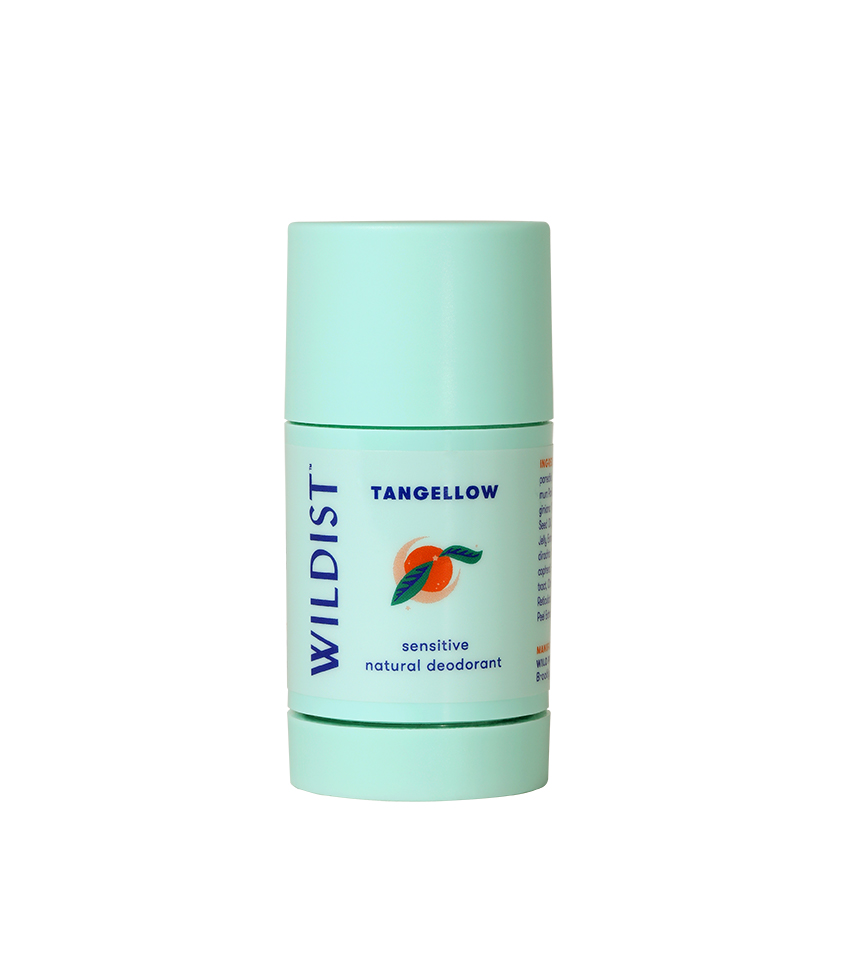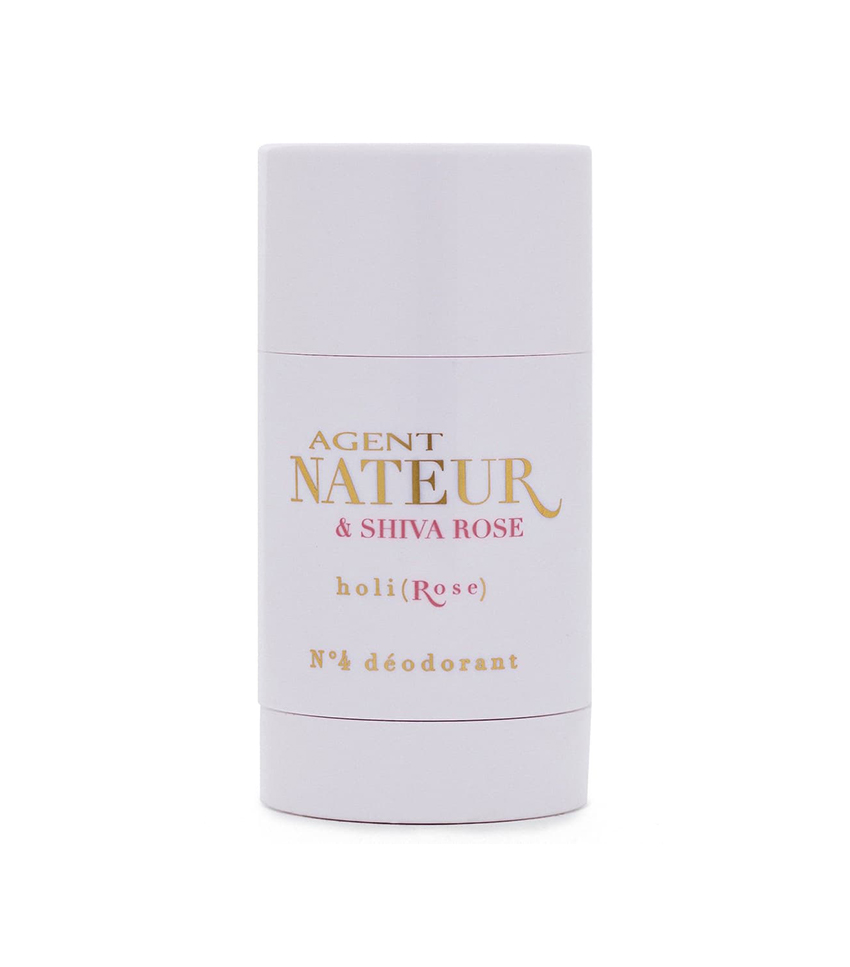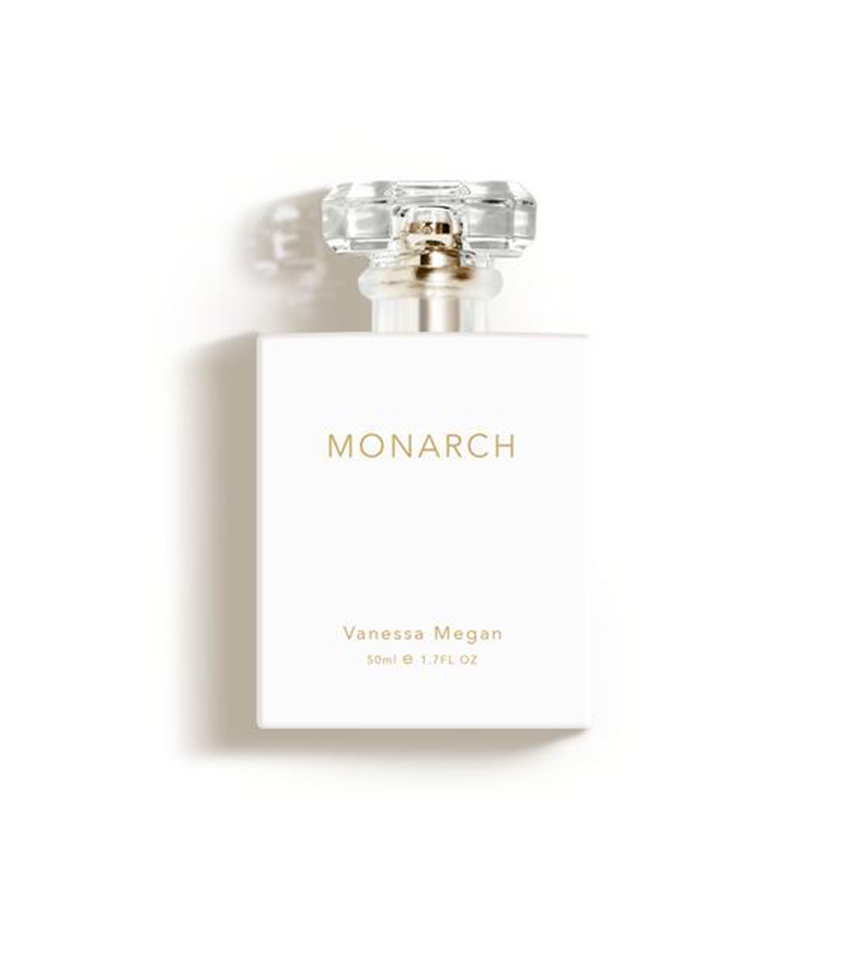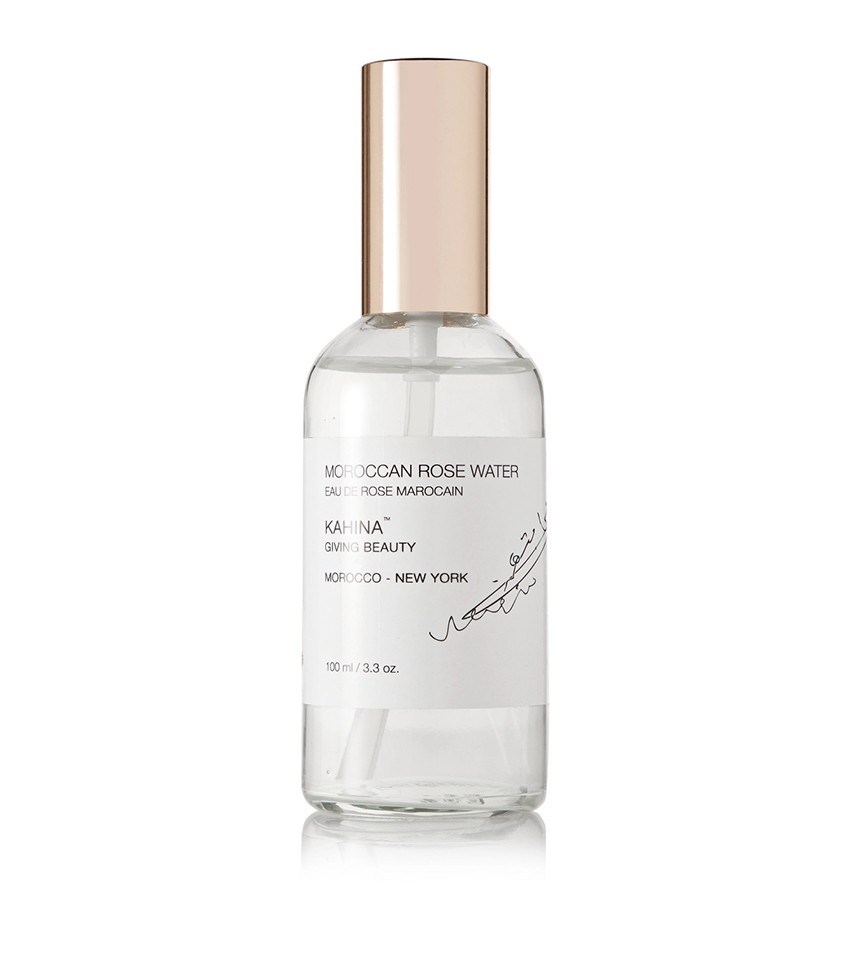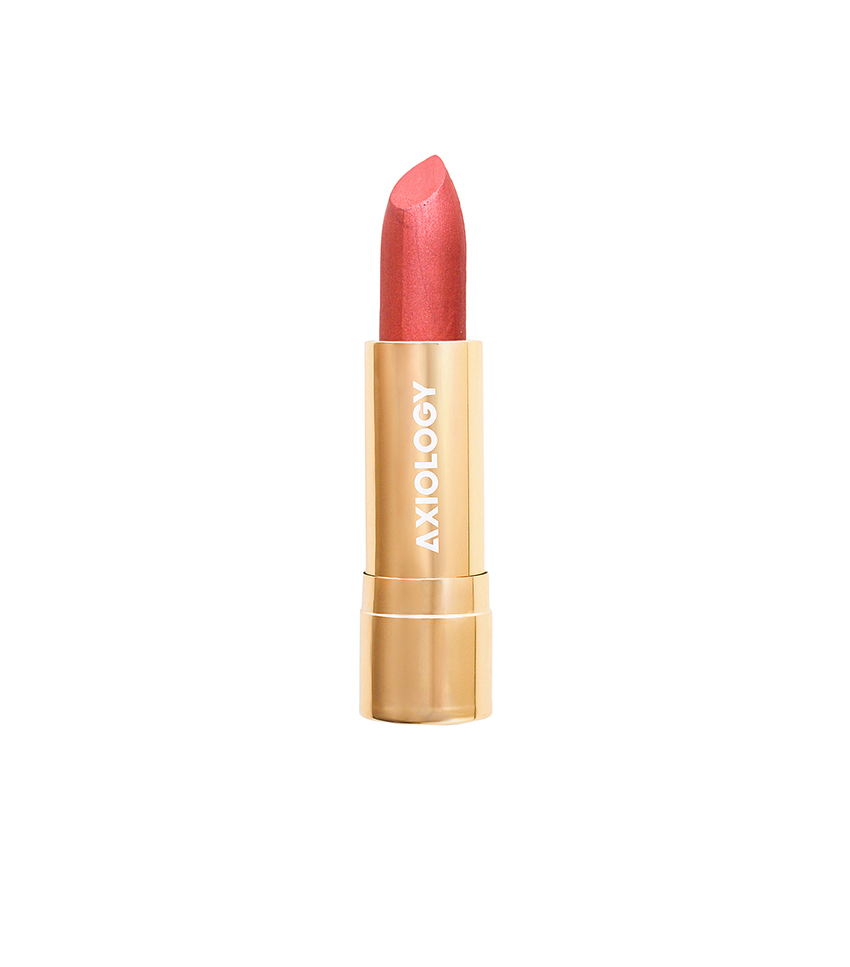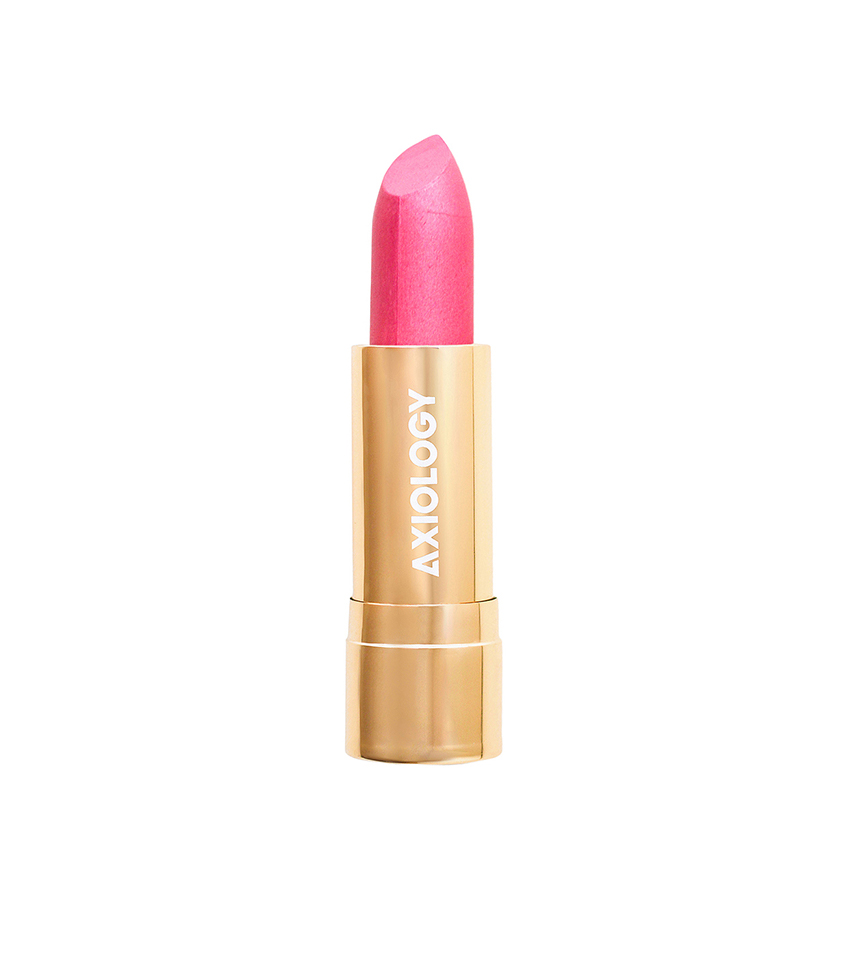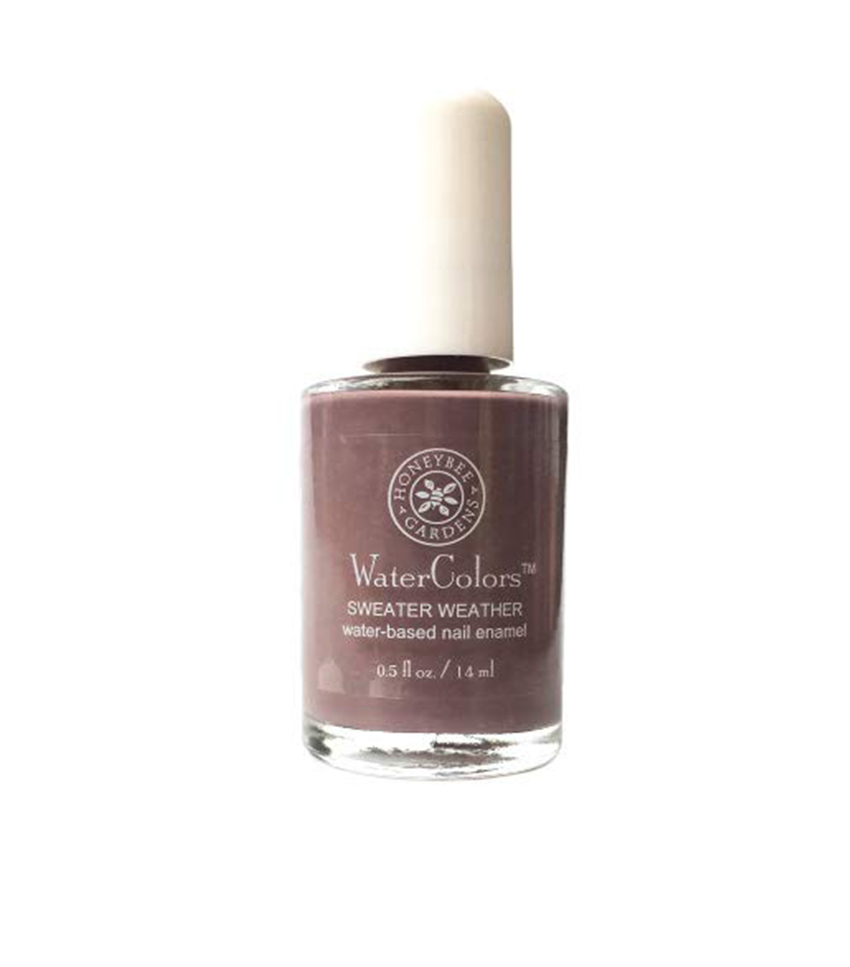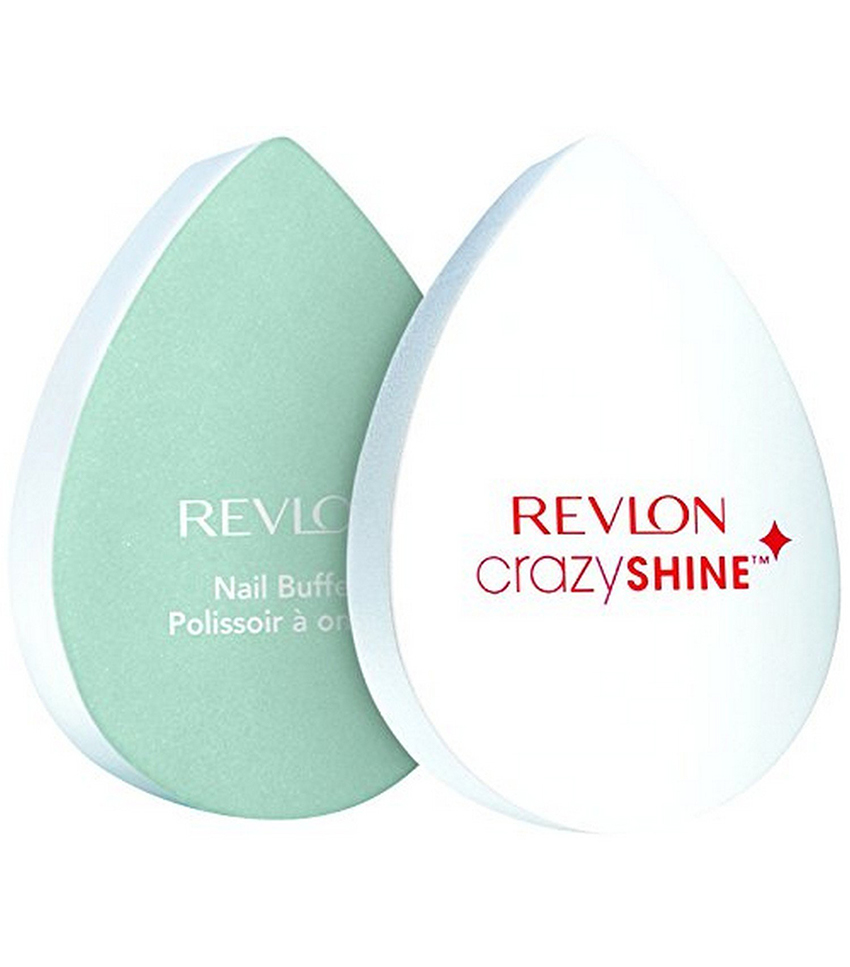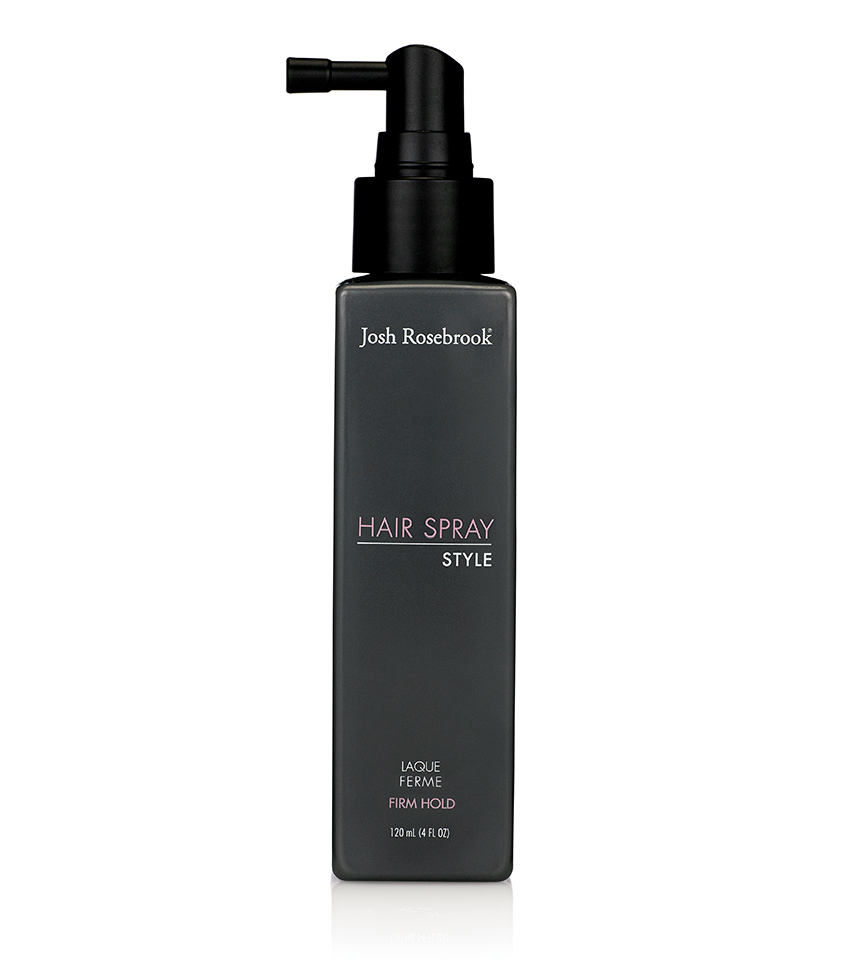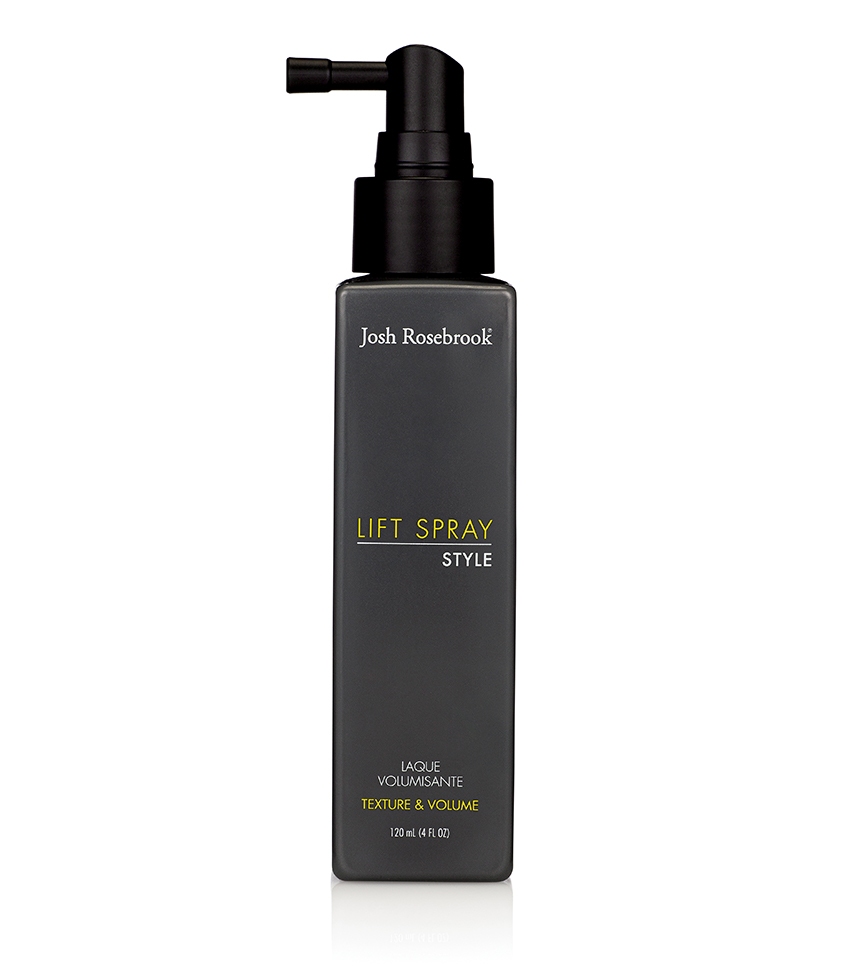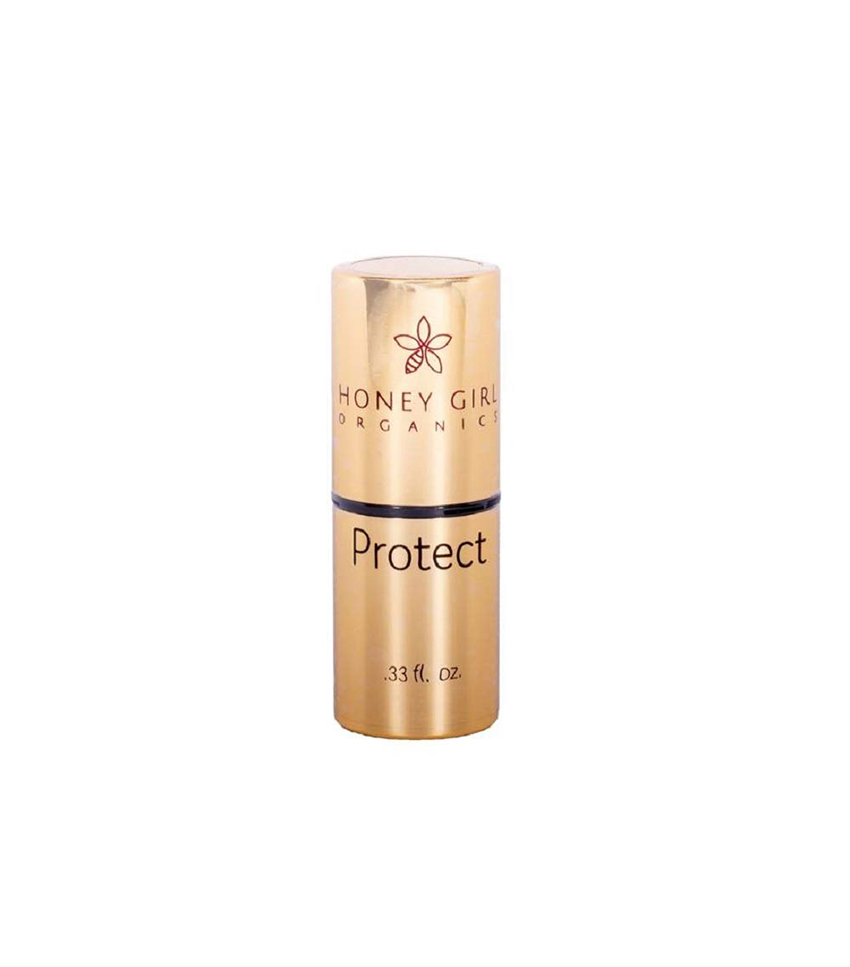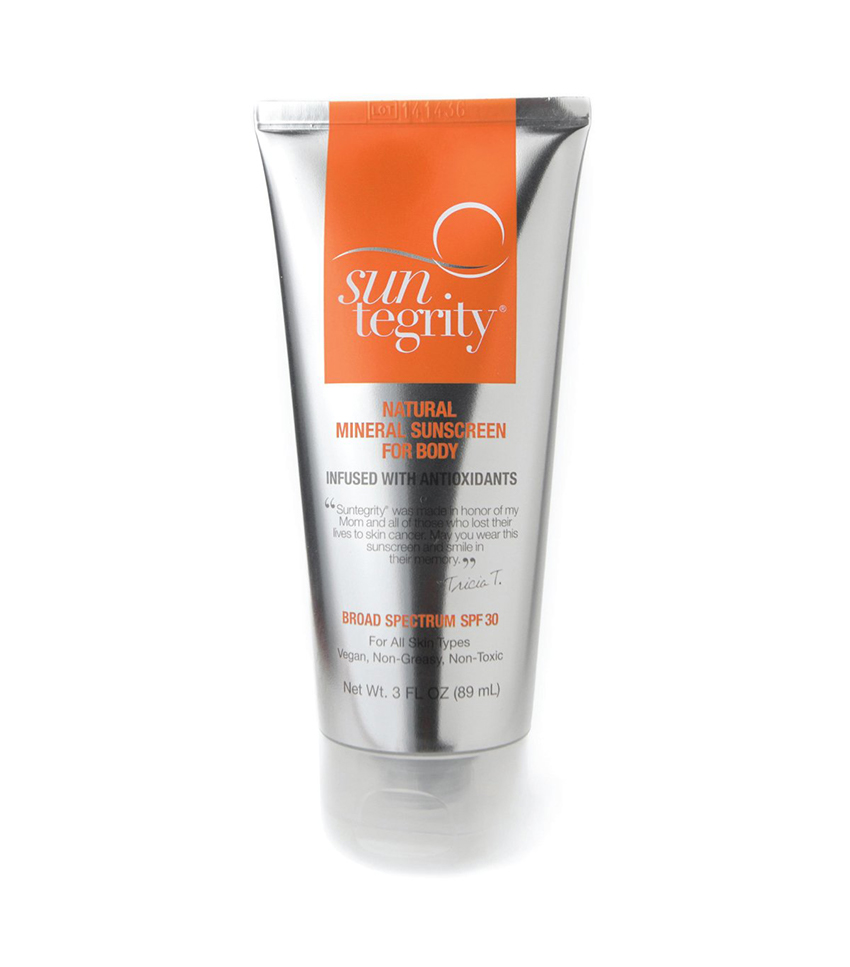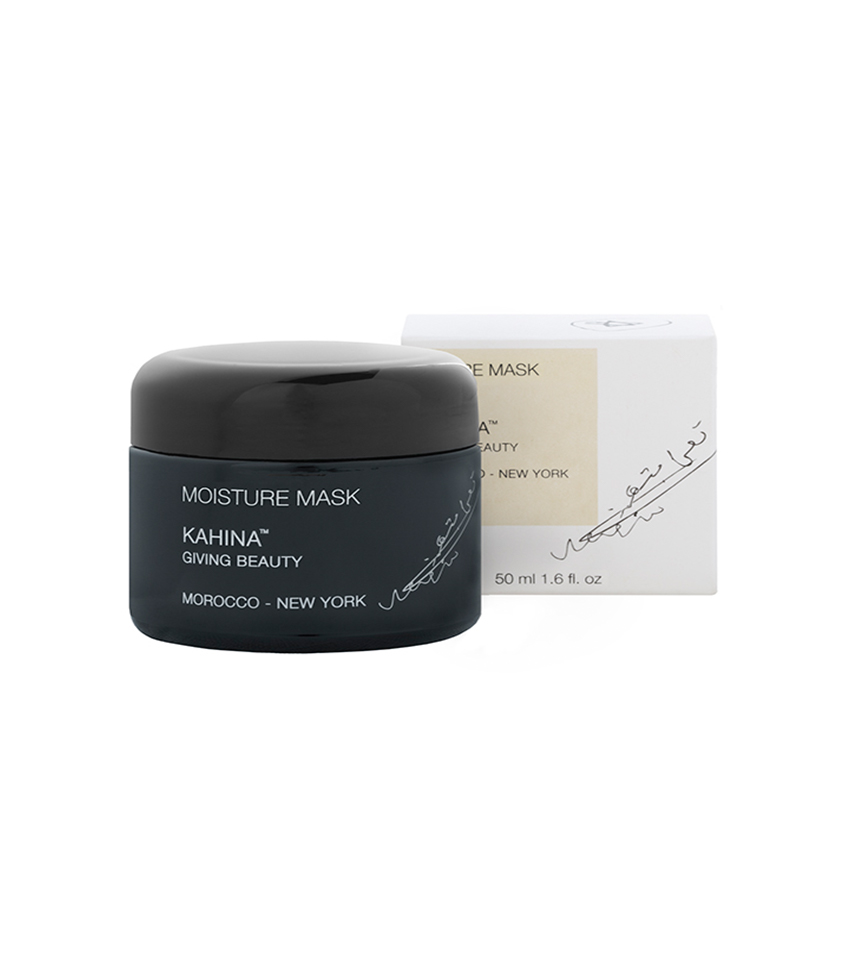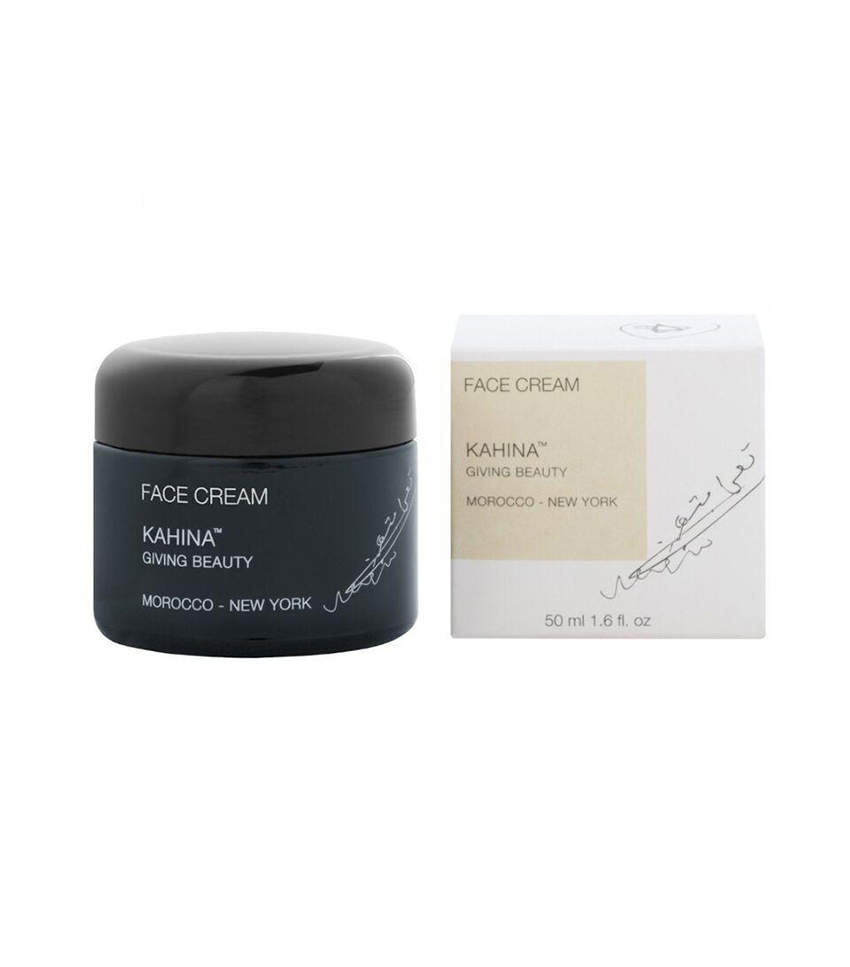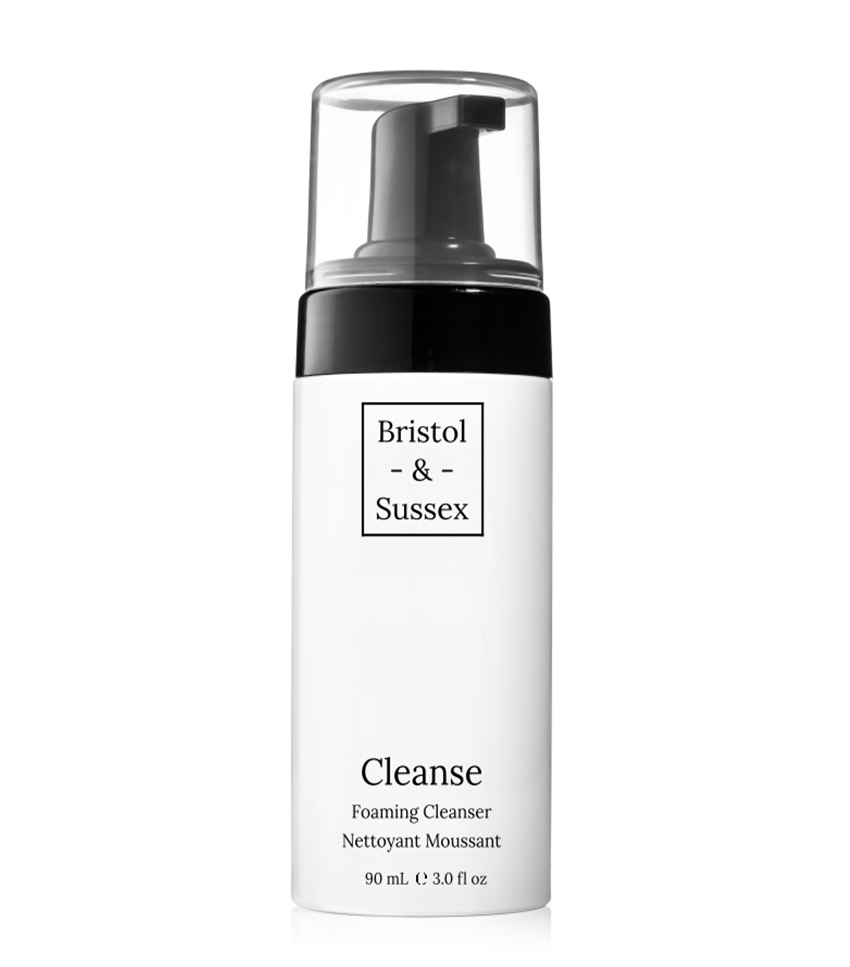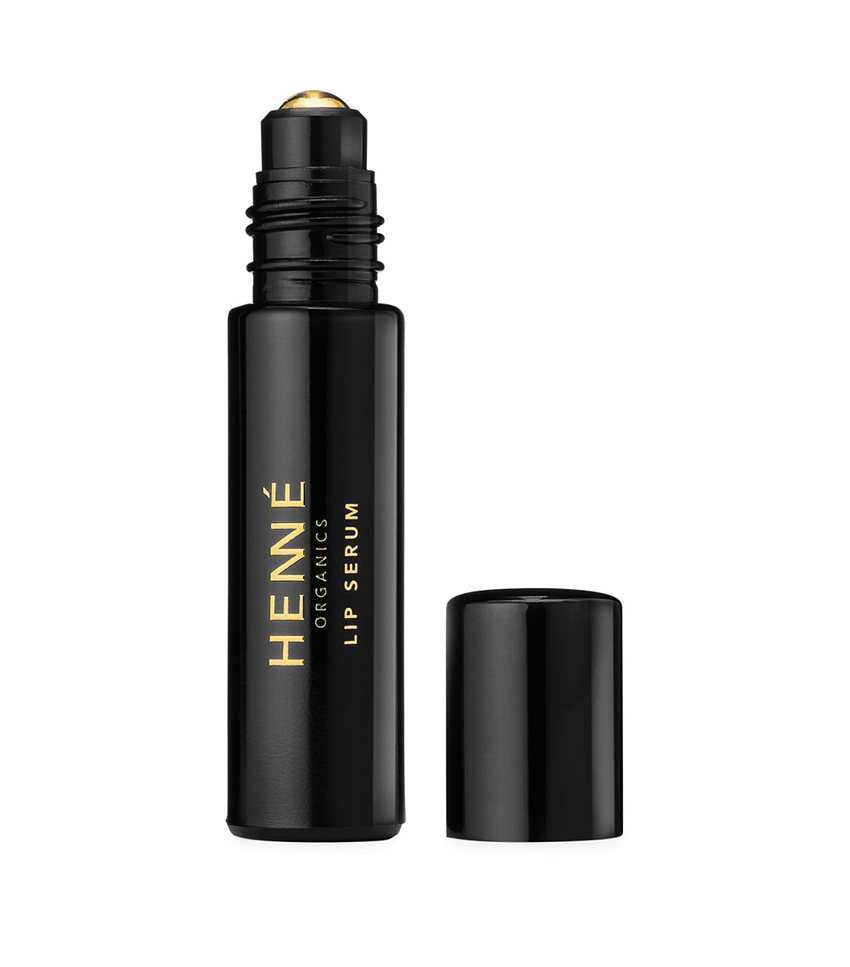A Clean-Beauty Expert Would Toss These Products From Your Vanity
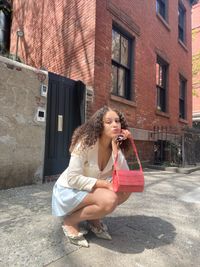
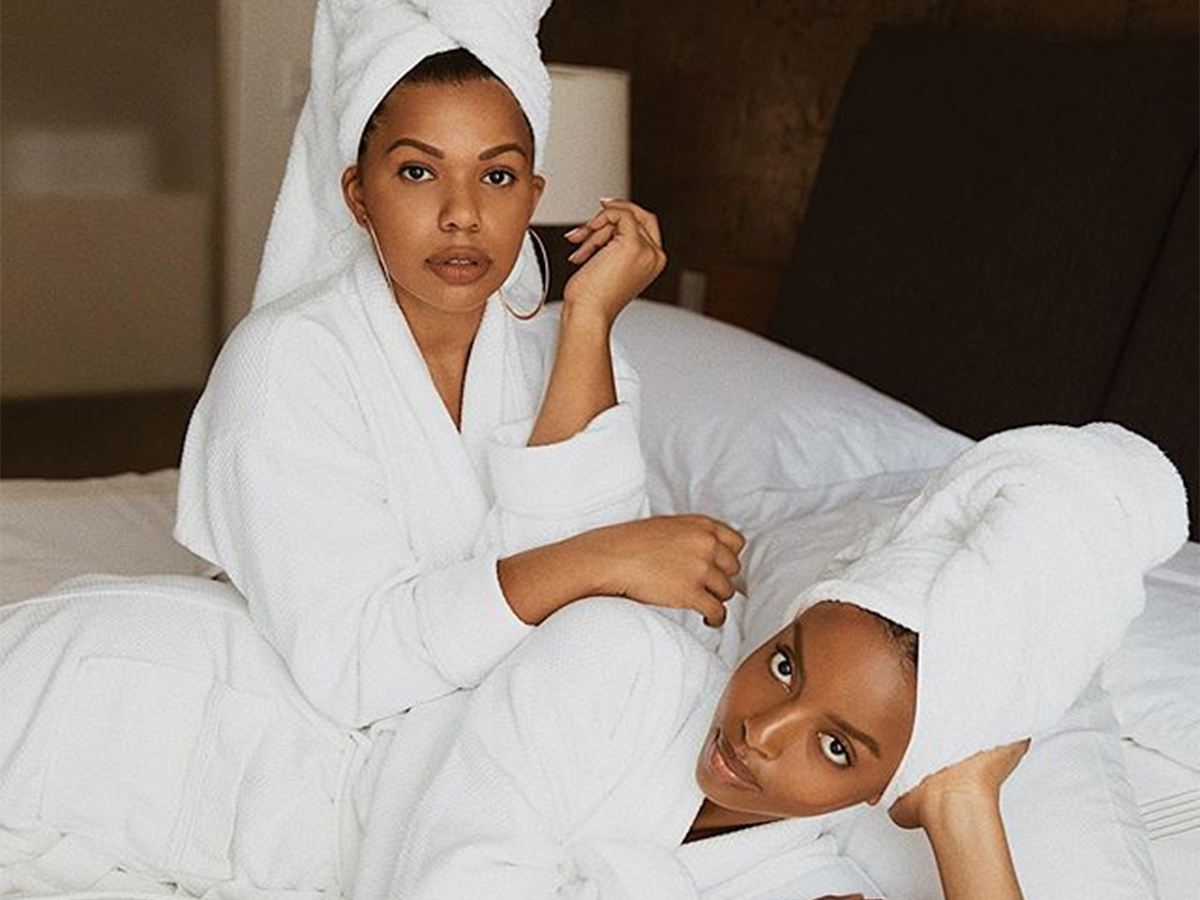
I’ll admit that I’m a beauty novice. If you were to ask me if I know anything about what ingredients are needed to create a lipstick and what defines a product as clean, I’d shrug my shoulders. But as I attempt to practice mindfulness in every aspect of my life, from shopping sustainably to supporting women in the workplace, I came to the realization that my beauty routine needed an edit. After all, some studies have linked commonly used beauty products to serious diseases such as cancer. But rather than ditch my beauty routine altogether, or acquiesce to using the same harmful products for lack of understanding, I decided to connect with a beauty expert, Pretty Well Beauty founder Jazmin Alvarez, to learn more about clean options. Ahead, Alvarez shares the fundamental definition of what it means to produce a clean beauty product, how to realistically transition your product lineup, and what beauty products you should completely toss from your vanity. But first, a bit more about Alvarez and her company.
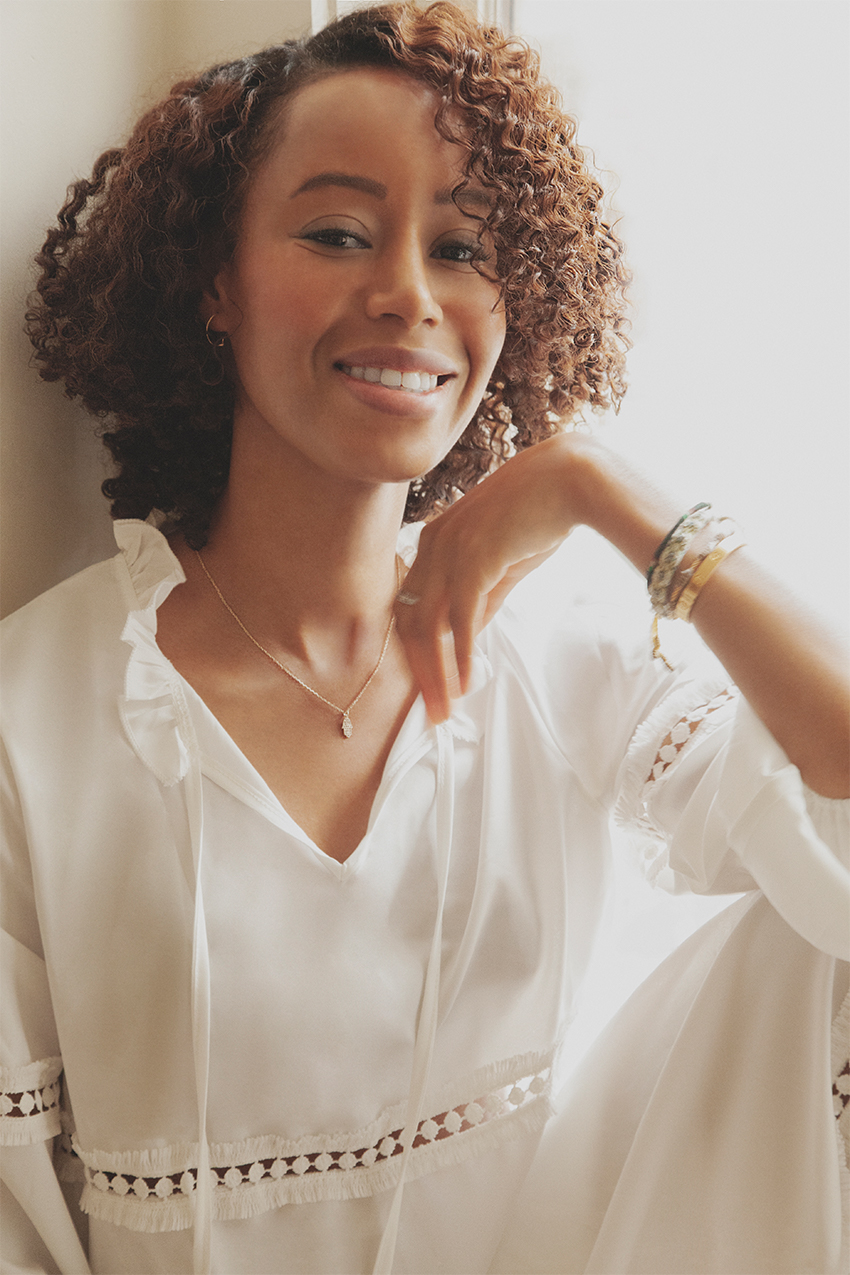
Pretty Well Beauty is an online platform, founded this year, dedicated to making clean beauty accessible to everybody. The brand's curation of products and clean-beauty consultations make it easier for anyone to experience a more holistic approach to beauty and wellness. Alvarez explains, "There’s a lack of education in the clean-beauty space, and I saw that as a chance to create a platform where I could help people understand why clean beauty is important. There’s no standard clear definition of what clean beauty is, so my mission is to define clean beauty and to do that by partnering with brands that adhere to the absolute strictest standards of clean and sustainability practices."
Alvarez has a pretty extensive vetting process before featuring a product on her site, which includes having conversations with product founders and learning about the ingredients, including where they come from and how they’re sourced. It is also important to know where the packaging comes from and whether it’s recyclable or biodegradable. Finally, Alvarez tests products for several weeks to know if they actually work.
Defining Clean Beauty
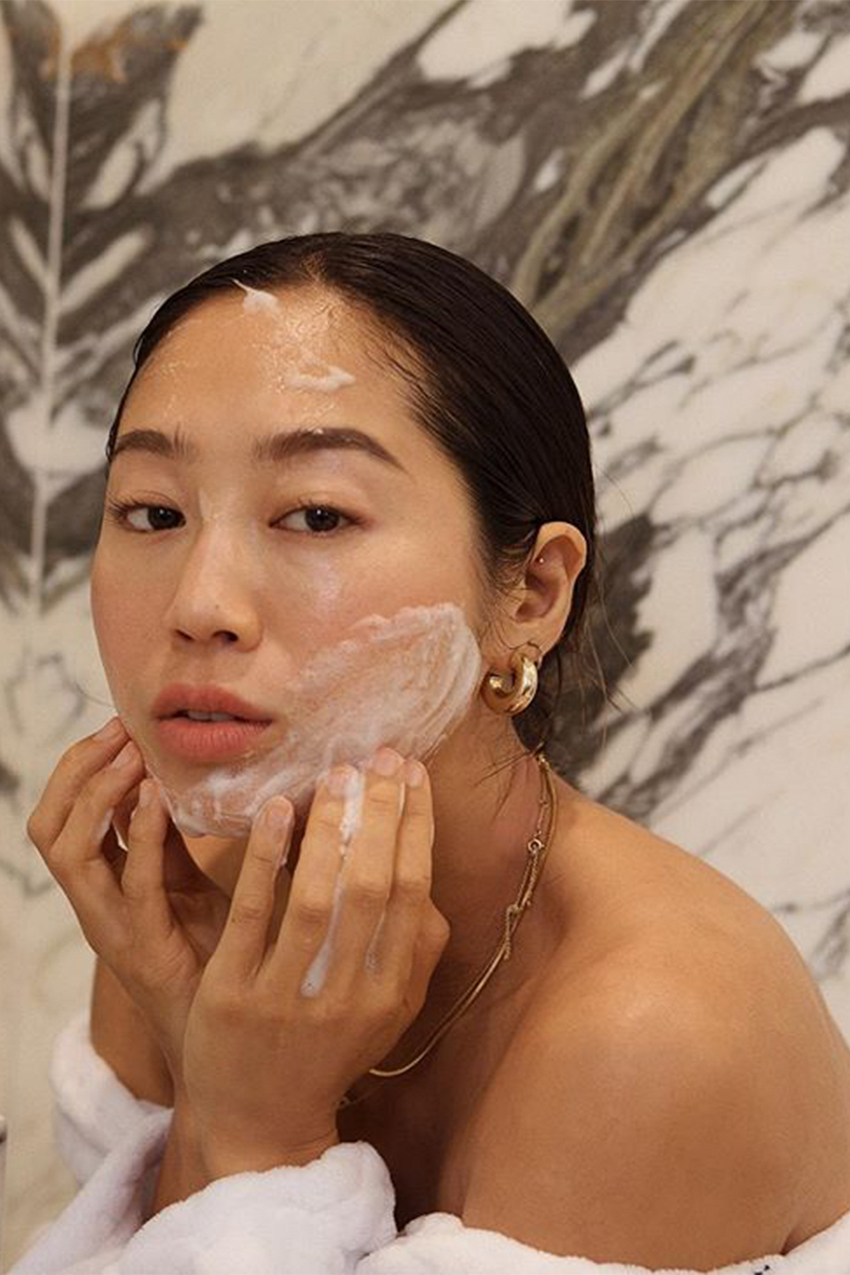
Part of the problem is that there are all these buzzwords surrounding clean beauty that have different meanings depending on who you ask, and unless beauty brands are dedicated to complete transparency, it can be confusing and unclear which definitions they're using. Furthermore different countries have different standards for what's legally allowed to be in beauty products. So here’s how Alvarez defines a few common clean-beauty terms.
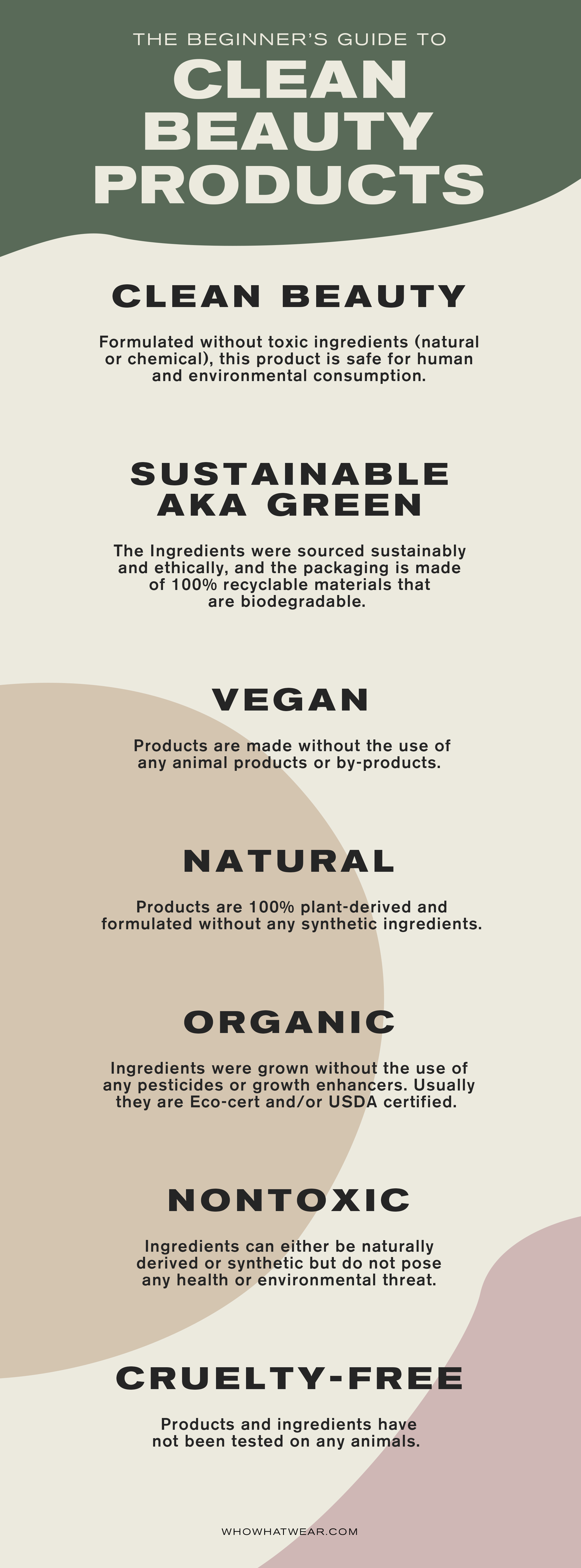
As Alvarez further explains, buying green beauty products is beneficial not only so that containers won’t just sit around in our ecosystem for 1000 years but also because products that are packaged in plastic have the ability to absorb some of the chemicals from their containers, which can end up on your body. Finally, if the ingredients are not sourced sustainably, it can lead to overharvesting or environmental decay.
Natural is a tricky term because something can be natural and still be toxic. So for example, lead, which has been found in some lipsticks, is natural, but it’s very toxic for human consumption. Ingredients that are not natural are created in a lab, so synthetics, chemicals, and fragrance, for example. When you see fragrance listed as an ingredient on a product, that can include anywhere from a dozen to hundreds of different components chemically derived and made in a lab.
On the flip side, nontoxic can get confusing because a lot of people assume synthetic ingredients are bad for you, but there are certain synthetics that aren’t harmful. So in a nutshell, since beauty terms and standards for products can be vague, it's best to opt for clean beauty products when you can and do your research on what's in your products. Ultimately it's up to you as a consumer to decide how comfortable you are with what's in your products, and we always recommend speaking to a dermatologist should you have further concerns.
Products You Should Avoid
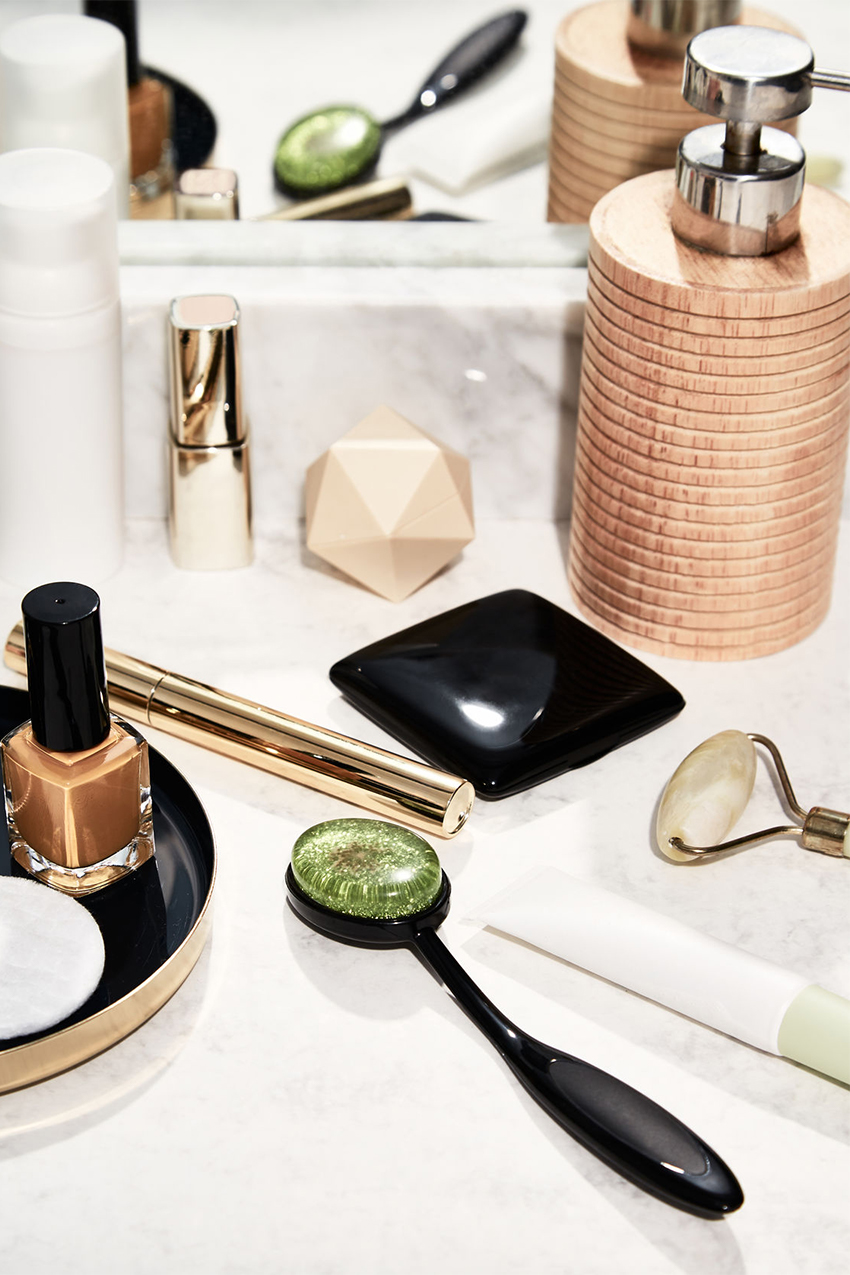
For anyone considering going clean, Alvarez doesn’t actually recommend doing a full overhaul at once; it’s just not realistic. Start by getting rid of a few things, and if you need help figuring out which ones, below are some suggestions.
Toss: Traditional Deodorant
Buy: Natural Deodorant
Alvarez states, "If you can’t ditch any of your other holy-grail beauty products, at least switch to natural deodorant. The body is supposed to sweat, so by not allowing those toxins to release from our skin, it’s being trapped and can cause a host of health issues.”
Furthermore, because aluminum is found in traditional deodorants, there have been direct links to breast cancer as a result.
Toss: Perfume
Buy: Natural Oils
"Synthetic fragrance is one of the scariest ingredients that should be avoided as much as possible,” says Alvarez. "Companies are not required to disclose what this ‘ingredient’ is made of and is typically composed of anywhere between 10 and hundreds of synthetic chemicals that can cause hormonal complications, cancer, and several allergic reactions.”
Instead of perfume, opt for a natural oil blend with essential oils or try one of Jazmin’s favorite natural fragrances by the brand Vanessa Megan.
Ditch: Traditional Lipstick
Buy: Green and Cruelty-Free Lipstick
"Most traditional lipsticks can be toxic even in small quantities because they include things like lead or things like carmine, which is crushed up beetles,” Alvarez explains.
Her suggestion is to opt for a lipstick made of only clean and green ingredients like the ones by Axiology. The great thing about Axiology is that there are a ton of colors to choose from, it’s 100% cruelty-free, and each lipstick comprises only 10 ingredients.
Ditch: Nail Polish
Opt: Nail Buffing
Alvarez used to live and die by her weekly manicure, like many of us do, but considering the number of toxins in polish and how much we use our hands while eating, she highly suggests you rethink it. As she stated, "If you’re ready to ditch the lacquer altogether, opt for buffing your nails, and if you really can’t ditch the color, you can opt for water-based nail polishes.”
Ditch: Traditional Hair Spray
Buy: Eco-Friendly Hair Sprays
"Hair spray is filled with toxic chemicals that not only are harmful to the body but also pollute the ozone and environment. Not to mention the waste after the product is done due to non-sustainable packaging,” Alvarez explained. Instead, try the hair sprays from Josh Rosebrook that use 100% clean, green ingredients that won’t jeopardize your health or the environment.
Ditch: Traditional Sunscreen
Buy: Mineral Sunscreen
As Alvarez stated, "Chemical sunscreens are a catch-22. On one end, you think you’re doing the right thing by protecting your skin from the harmful UVA/UVB rays, but there are toxic chemicals in traditional sunblock, such as oxybenzone, which is a synthetic estrogen that can disrupt the hormone system.” Instead, try a mineral-based sunscreen.
Ditch: Products With Retinol
Buy: Products With Resveratrol
"Retinol researchers have linked its use to an increased risk of skin cancer when used on sun-exposed skin. Also known as retinyl palmitate or retinoic acid, this ingredient when found in products has been linked to s where more tumors and earlier onset tumors took place in studies. Also, conventional retinol is stabilized using BHT and parabens, which are linked to cancer and reproductive tissue damage. Retinol is especially dangerous for women who are pregnant as well, so doctors always advise you to stop using it when you’re pregnant, as it can affect your unborn child with vitamin A toxicity. If you still want to fight off aging, I’d recommend seeking out brands that use a natural form of retinol, which is an ingredient called resveratrol,” Alvarez explained.
Shop More Clean Beauty Products
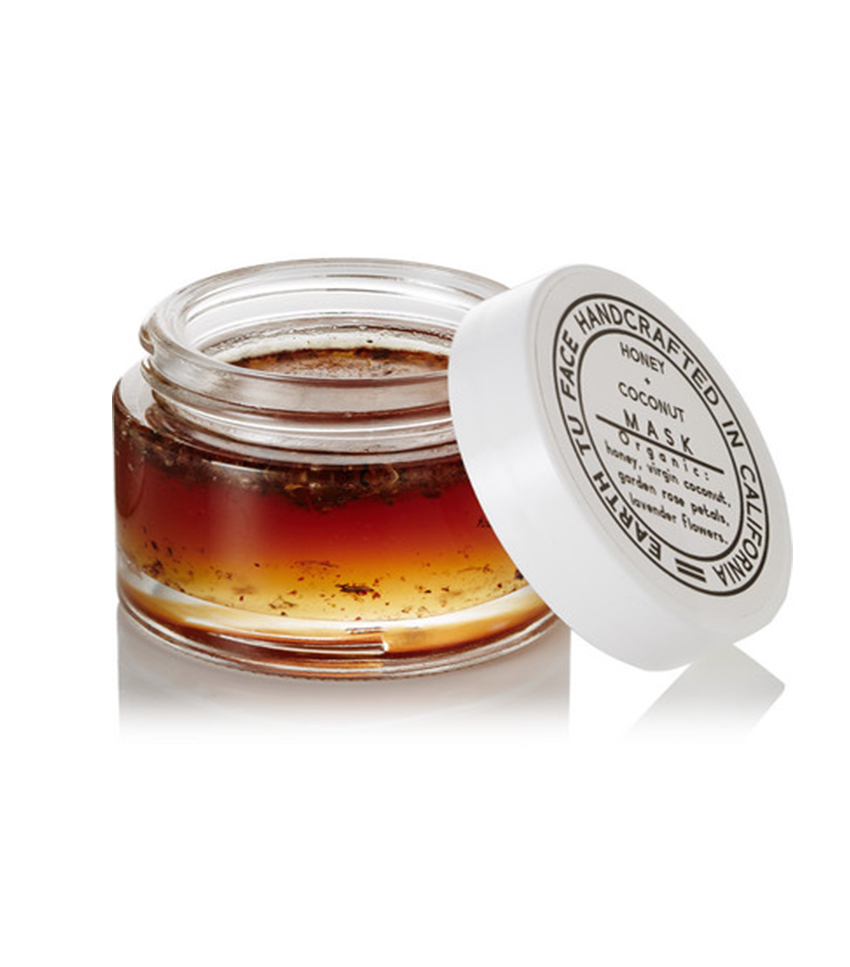
Why Alvarez loves this product: "This is not for vegans, unfortunately, but this mask is perfect for brightening the skin and boosting hydration while also calming any flare-ups. I use this one to two times per week, and my skin absolutely isn’t the same without it.”

Why Alvarez loves this product: "This is hands down my most important holy-grail item because ever since I chopped my hair off a couple of years ago, I have been desperate to grow it out. I massage a few drops on my scalp once per week and sleep with it overnight, and I swear my hair has grown like weeds in the past six months that I’ve been using it. I will never be without this product ever!”
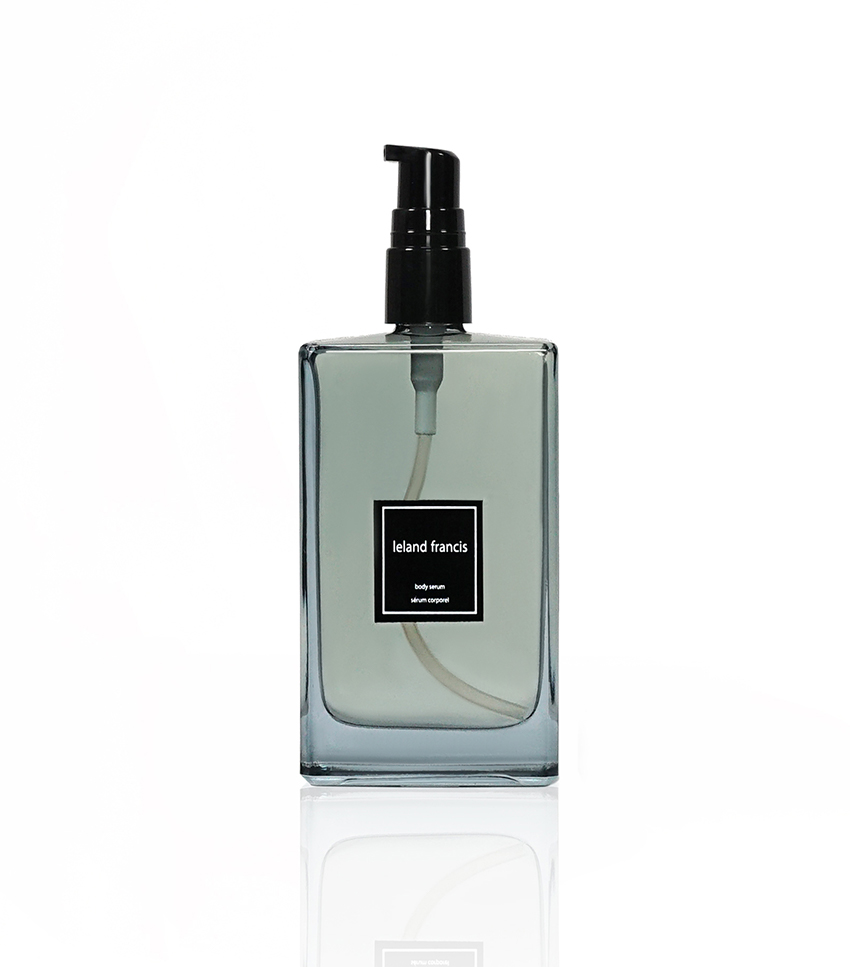
Why Alvarez loves this product: "I love a body serum way more than a lotion, and this one is simply divine. The glass bottle is so gorgeous, and the oil blend will leave your skin looking and feeling so hydrated. Over time, it can help to even out your skin tone and texture. It also helps boost circulation, which can reduce the appearance of cellulite because there are ginger and clove in the blend.”
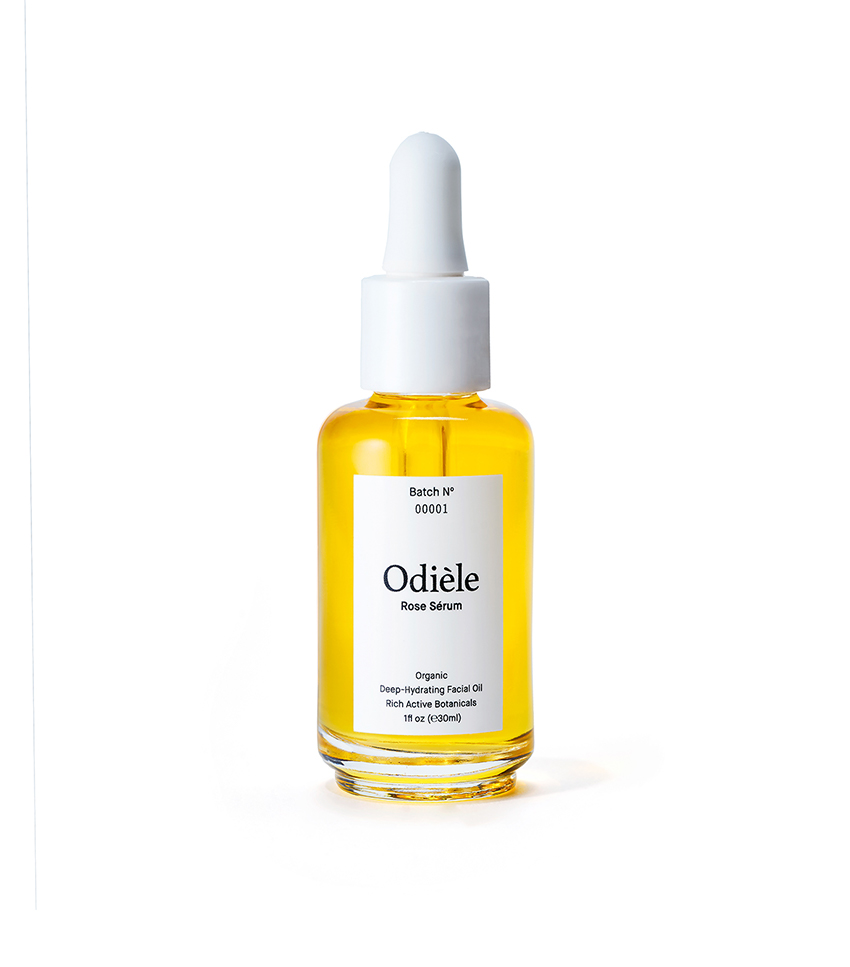
Why Alvarez loves this product: "This is the perfect multitasking product, as its a serum, moisturizer, and primer in one. It’s made of 100% organic cold-pressed dry oils and is really light. It's for all skin types and can really help balance out oily skin while leaving behind that coveted dewy finish.”
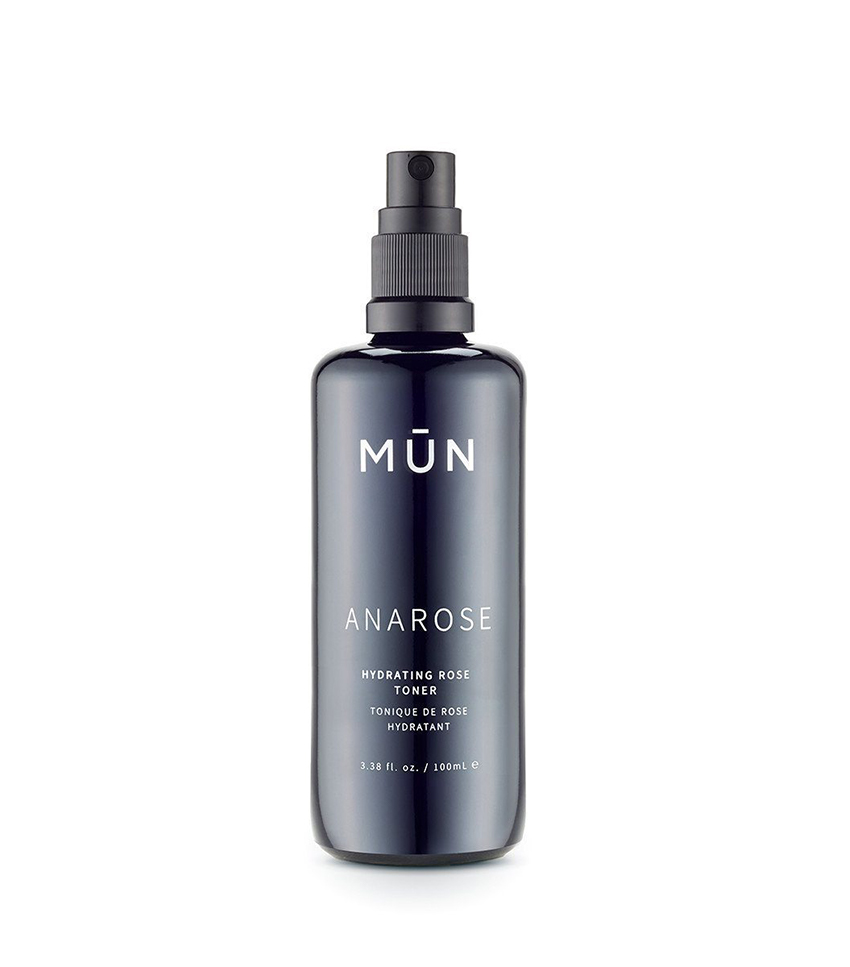
Why Alvarez loves this product: "The natural rose scent is divine and allows for my serum to penetrate deeper. Using a toner like Anarose primes your skin to receive anything you layer on afterward. It’s also a great makeup refresher or skin refresher after working out.”
Next: A Clean Beauty Routine That Actually Works, Straight From Blogger Geri Hirsch
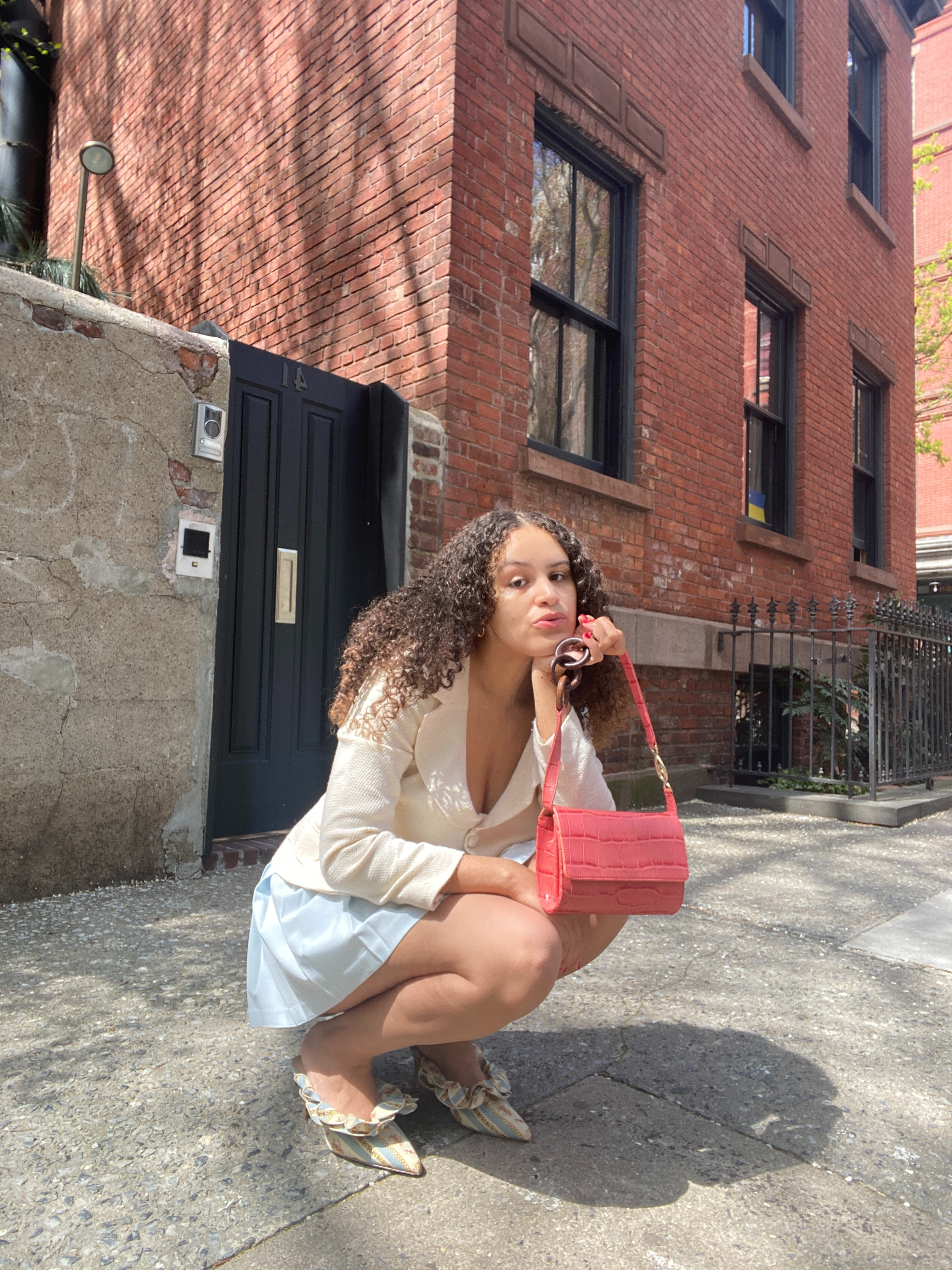
Jasmine Fox-Suliaman is a freelance writer and editor living in New York City. What began as a pastime (blogging on Tumblr) transformed into a lifelong passion for unveiling the connection between fashion and culture on the internet and in real life. Over the last decade, she's melded her extensive edit and social background to various on-staff positions at Who What Wear, MyDomaine, and Byrdie. More recently, she’s become a freelance contributor to other publications including Vogue, Editorialist, and The Cut. Off the clock, you can find her clutching her cell phone as she's constantly scrolling through TikTok and The RealReal, in search of the next cool thing.
